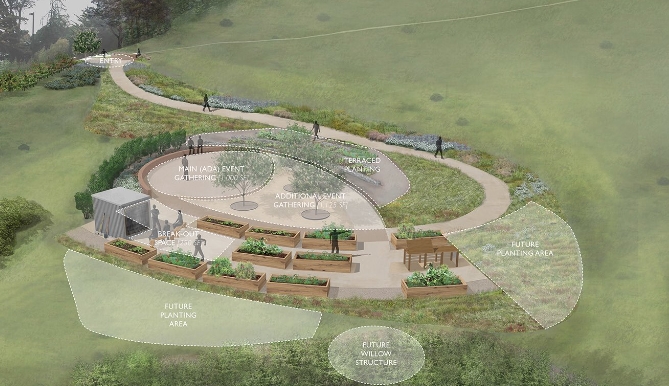Cheryl Barton: A Visionary in Landscape Architecture
Cheryl Barton is a name that resonates in the world of landscape architecture, where her innovative designs transform both urban and natural spaces. Known for her commitment to sustainability and community engagement, Barton’s work offers valuable insights into how landscape architecture can enhance our daily lives. This article explores her design philosophy, notable projects, and the impact of her work on the environment.
Innovative Design Philosophy
Cheryl Barton’s approach to landscape architecture is rooted in a deep understanding of ecological principles and community needs. She believes that landscapes should not only look beautiful but also function harmoniously within their environments. Barton’s designs often incorporate native plants and sustainable materials, promoting biodiversity and minimizing carbon footprints. By prioritizing ecological health and community interaction, she shows that landscape architecture can be both art and science, transforming spaces into havens for people and wildlife alike.
Notable Projects and Achievements
Among her many accomplishments, Cheryl Barton is perhaps best known for the San Francisco Waterfront project, where she brought together innovative design and natural features to enhance public access to the bay. This project showcases her ability to weave together urban life with natural landscapes, creating vibrant public spaces that invite community interaction. Additionally, her work on the Presidio of San Francisco illustrates her expertise in marrying historical context with modern design, providing a balanced and sustainable experience for visitors. These projects highlight how Barton’s vision can redefine spaces, making them more functional and enjoyable for everyone.
Impact on Sustainability and Community
Cheryl Barton’s dedication to sustainability extends beyond her project designs. She actively engages with communities to educate them about the importance of green spaces and ecological restoration. Her initiatives often include workshops and collaborations that empower local residents to take an active role in their environment. By fostering a sense of ownership and stewardship, Barton helps communities not only to appreciate their surroundings but also to actively participate in their care. This community-centric approach exemplifies how landscape architecture can drive positive change, creating healthier and more sustainable urban ecosystems.
In Conclusion
Cheryl Barton stands as a beacon of innovation in landscape architecture, blending aesthetics with ecological responsibility. Her designs not only beautify spaces but also foster community engagement and environmental stewardship. To learn more about her projects and philosophies, consider exploring her works or even attending local workshops on landscape architecture. By understanding the principles she advocates for, we can all contribute to creating more sustainable and vibrant living environments.

